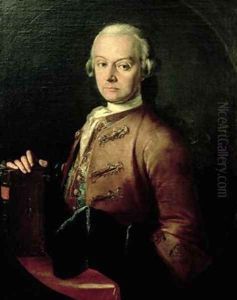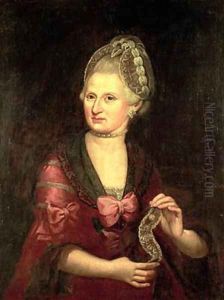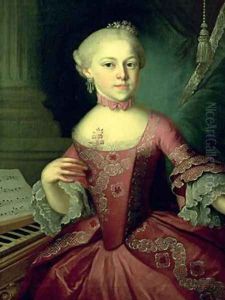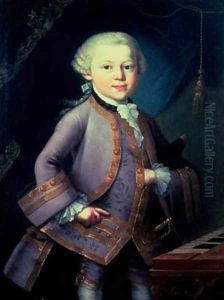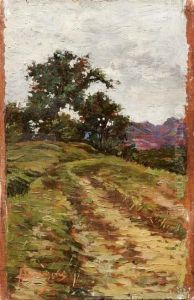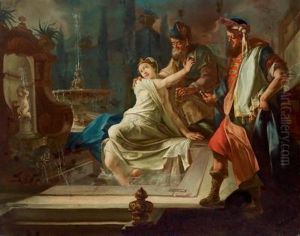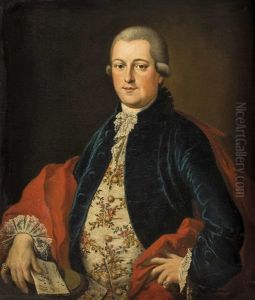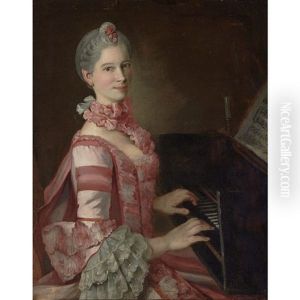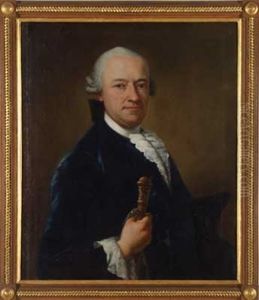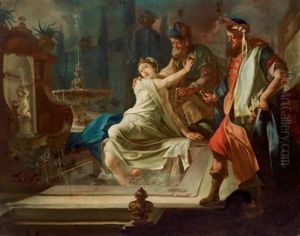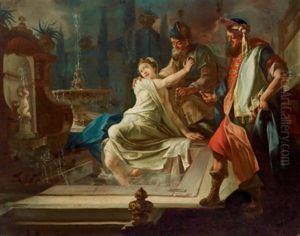Peter Anton Lorenzoni Paintings
Peter Anton Lorenzoni was an Austrian painter, born in 1721 in Salzburg, then part of the Holy Roman Empire. He is often remembered for his significant contributions to late Baroque and early Rococo art in the Austrian region. Lorenzoni hailed from a family with a rich artistic lineage which played a crucial role in shaping his career and style. His father, Francesco Lorenzoni, was also a painter, and it was under his guidance that Peter Anton honed his skills and developed a passion for art.
Lorenzoni's work is characterized by its vibrant use of color, detailed portrayal of figures, and the dynamic composition of his pieces, which were predominantly religious in nature. However, he also painted portraits, through which he gained considerable recognition among the aristocracy and clergy, further cementing his reputation. His ability to capture the essence of his subjects with a certain warmth and realism was highly appreciated during his time.
Throughout his career, Lorenzoni remained largely based in Salzburg, where he received numerous commissions from the church as well as from private patrons. His paintings can still be found in various churches and collections across Austria, showcasing the lasting appeal of his artistic style. Despite facing competition from other artists of his time, Lorenzoni's unique blend of Baroque dynamism with the emerging sensibilities of the Rococo allowed his work to stand out.
Peter Anton Lorenzoni's contribution to Austrian art was significant, not just in terms of his own creations but also in influencing younger artists. His legacy is that of an artist who bridged the transition between two major art periods with grace and originality. He passed away in 1782 in Salzburg, leaving behind a body of work that continues to be studied and admired for its historical and aesthetic significance.
